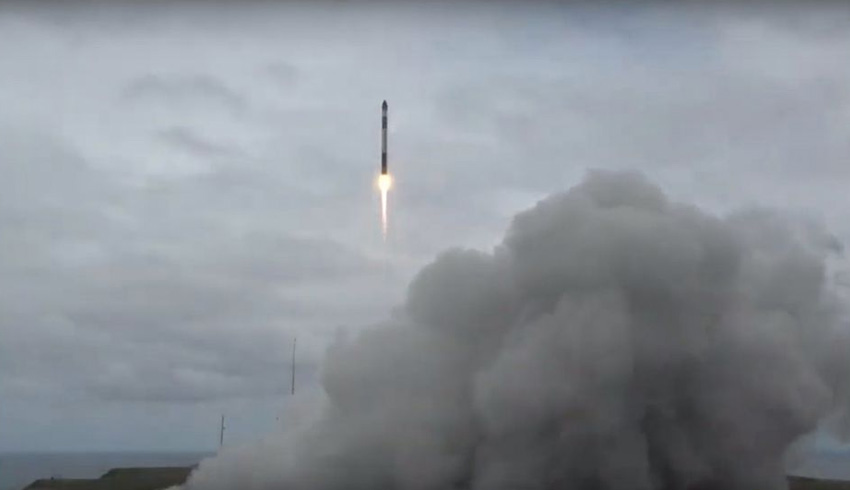
The booster delivered to orbit the Radio Frequency Risk Reduction Deployment Demonstration (R3D2) spacecraft, an experimental satellite that will be operated by the US Defense Advanced Research Projects Agency (DARPA).
The R3D2 mission "intends to space-qualify a prototype reflect array antenna to improve radio communications in small spacecraft", with launch taking place from the Māhia Peninsula in NZ.
The original mission was due to launch in February, however it was delayed in order to allow Northrop Grumman, builder of the R3D2 antenna, more time to complete checks and tests.
"The R3D2 antenna, made of a tissue-thin Kapton membrane, packs tightly inside the small satellite for stowage during launch, before deploying to its full size of 2.25 metres in diameter once it reaches low-Earth orbit," Rocket Lab said in its mission description.
Rocket Lab's last launch was in December, when the Electron Rocket delivered 13 CubeSats to orbit for NASA, and the company is aiming to conduct at least 11 more missions this year.
Issues with the video transmitter on Electron and inclement weather pushed the launch of the R3D2 back by nearly a week, after its month-long delay.
Receive the latest developments and updates on Australia’s space industry direct to your inbox. Subscribe today to Space Connect here.









